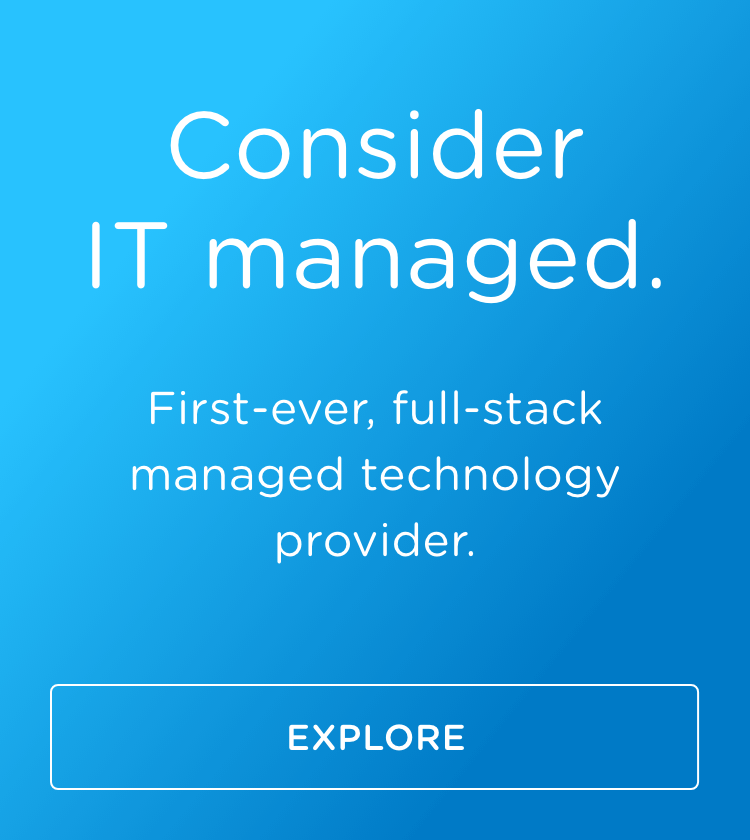
Cities are getting smarter — and as a consequence, they’re also getting more susceptible to cyberattacks than ever before.
Underscoring this problem is the magnitude of investment governments are making in their IT networks. According to a 2020 report, investment in smart technologies by cities alone is expected to reach $327 billion by 2025. With more city and state governments becoming more connected, the threats of exposure to cyberattacks will continue to grow.
But instead of turning a blind eye to the inevitability of cyberattacks, government officials can and must stay vigilant against these constant threats. Here are five best practices all agencies can enact now to ward off cyberattacks.
MFA and user control
Multi-factor authentication (MFA) is a login verification method that requires you to prove beyond your password that you should be granted access to a system, and it’s very effective at confirming identity. A recent Microsoft study found that MFA reduces the risk of compromise by 99.22 percent. Routine audits of user access can also add to your network’s security.
Why multifactor authentication is crucial
Commit to data encryption
Encryption is a process that converts readable data into ciphertext for storage or transfer. Encrypting data helps reduce fraud, identity theft, cyberattacks and regulatory risks, bringing peace of mind and protection.
Stay up to date
Due diligence to the continually evolving security landscape will pay dividends. That means staying up to date on security patches for all hardware, firmware and apps. In addition, continuous training and education will keep you and your team briefed on the latest threats and security protocols, while regular security audits can ensure compliance with cybersecurity standards.
Keep aware of threats
Organizations stay informed of credible threats through the Cybersecurity and Infrastructure Security Agency (CISA), which has recommended that all organizations adopt a heightened cybersecurity posture. Read the CISA recommendations here.
Endpoint security and firewalls
Antivirus, anti-malware and endpoint detection and response (EDR) solutions can protect devices connected to the network, while robust firewalls control incoming and outgoing network traffic. Also, make sure employees are using a virtual private network (VPN) to secure their remote connections.
Need to review or update your organization’s security posture? We’ve got your back.

















